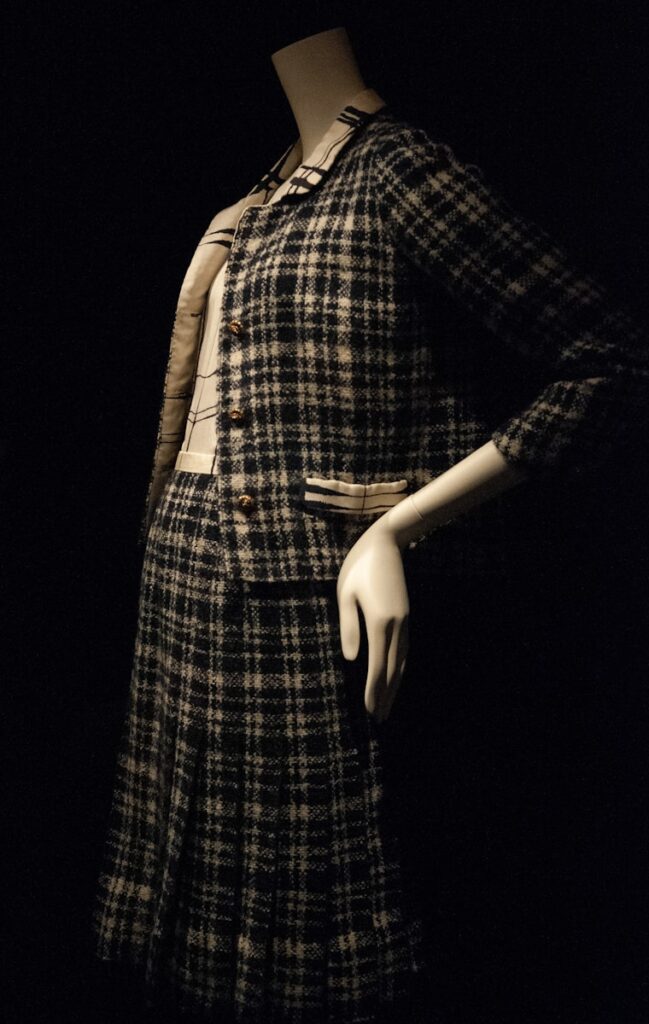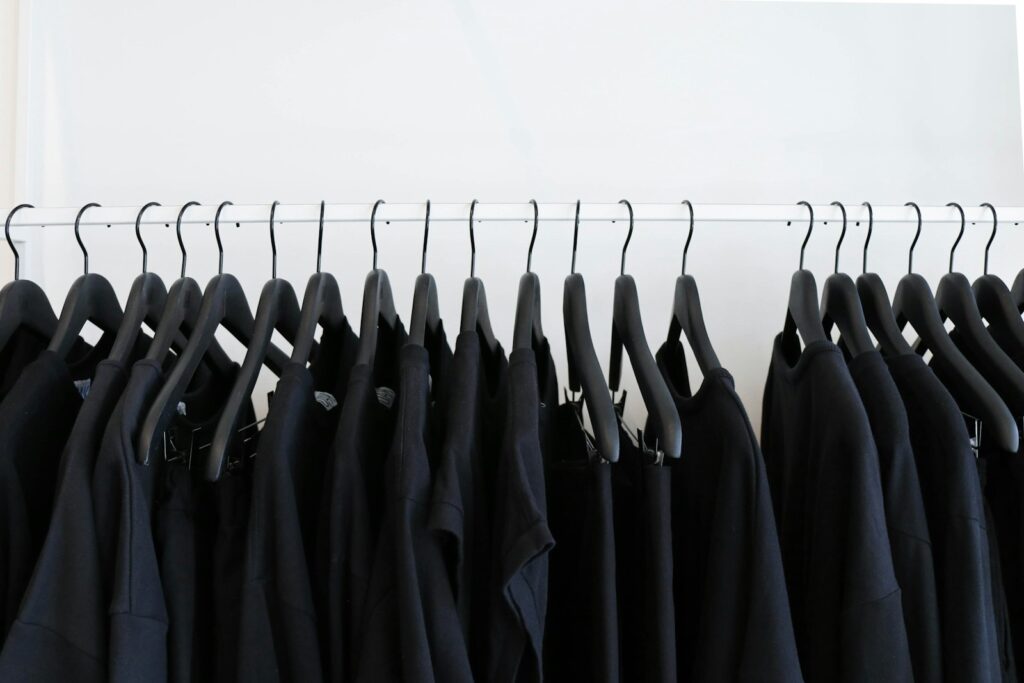For centuries, the color black has held a unique place in human history and culture. Known for its associations with power, mystery, and sophistication, black is a color that has been both feared and revered. In the Middle Ages, black was a symbol of wealth and nobility, worn by the aristocracy as a marker of their status. This historical association with power remains prevalent today, as black continues to be a favored color for formal attire and uniforms in various professions. It’s a color that commands respect and attention, often used in settings where authority needs to be asserted.
Culturally, black has been associated with different meanings across the globe. In Western cultures, black is often linked with mourning and death, a tradition that dates back to the Roman Empire when mourners would wear dark togas. This somber association with death and the afterlife contributes to the mystique that surrounds the color, giving it an aura of gravity and seriousness. Interestingly, in some Eastern cultures, white is the color of mourning, illustrating how cultural perceptions of color can vary widely.

Black also plays a significant role in fashion, often seen as the ultimate symbol of elegance and simplicity. The “little black dress,” popularized by Coco Chanel in the 1920s, is a staple in women’s wardrobes all over the world. It signifies a kind of universal style that transcends cultural and temporal boundaries. Designers frequently use black to create timeless pieces that exude sophistication without the need for embellishment. Its timeless appeal lies in its versatility and its ability to make a statement, whether that statement is one of rebellion, sophistication, or introspection.
The use of black in art and literature further underscores its complex symbolism. Artists like Francisco Goya used black to explore darker themes of human experience, while in literature, black often symbolizes the unknown or the villainous. This duality in representation echoes our own ambivalent feelings towards the color—simultaneously afraid of and drawn to its power.
In contemporary times, the digital age has added another layer to black’s symbolism. On social media, wearing all black can be a statement of identity, a way to express individuality or align with certain subcultures like goth or punk. This modern cultural phenomenon shows that black is not just a color but a medium through which people communicate their personal narratives and societal views.
The psychology behind the choice of wearing black can be as profound and rich as the color itself. Often, the decision to don black attire is seen through the lens of individual expression and psychological underpinnings. At its core, black is a color that ‘might be the reason why black is the most popular color for luxury vehicles.’ This association with luxury and status extends beyond automobiles to our clothing choices, suggesting a desire for ‘power’ and ‘mystery.’

Black clothing can communicate a range of messages about the wearer, from power and authority to elegance and sophistication. People who prefer black might be perceived as serious, ambitious, and confident, as the color itself has historically been associated with these qualities. It is a color chosen for its ability to convey authority and dominance, often seen in professional settings where making strong impressions is crucial.
Furthermore, the preference for black can signify a psychological alignment with certain traits. For some, wearing black is a way to project a controlled and orderly personality, reflecting an ‘elegance and simplicity.’ For others, it might signal a rebellious or non-conformist streak, seen in subcultures such as punk or goth where black is the de facto color of individuality and resistance against mainstream norms.
On a deeper level, the affinity for black speaks to personal introspection and a complex inner world. It is as if the wearer is presenting a façade to the world that invites curiosity and contemplation, a testament to the ‘duality in representation’ that black embodies. This introspective quality might appeal to those who are more reserved, preferring to keep their emotions shielded from the public eye, as black offers a neutral canvas that does not easily reveal personal vulnerabilities.
Psychologically, colors have been studied for their impact on mood and behavior. According to color psychology, black can be a safe refuge, a color that absorbs and nullifies, creating a sense of closure and protection. It acts as a boundary against the external world, a barrier that can be both comforting and isolating. For individuals who experience anxiety or stress, black clothing might provide a sense of calm and control, helping them manage their emotional state.

Cultural influences play a significant role in the psychological interpretations of wearing black. In many Western cultures, black is traditionally associated with mourning and solemnity, representing an acknowledgment of loss and the profundity of grief. This cultural backdrop can influence how individuals perceive themselves and are perceived by others when wearing black, lending a depth of seriousness and reflection to their presence.
It’s also worth considering the impact of modern cultural phenomena on the allure of black clothing. As social media and digital platforms continue to shape self-expression, wearing all black has become a statement of individuality and brand identity. Online influencers and fashion icons often gravitate towards black for its versatility and ‘universal style,’ using it as a blank slate upon which they can build their personal narratives.
There is an element of timelessness and adaptability in the color black that resonates psychologically with many. Black has the power to transcend trends and seasons, offering a consistent and reliable choice amidst the ever-changing landscape of fashion. This reliability can be incredibly appealing to those who seek stability and continuity in their style choices.
Wearing black is far from a simple sartorial choice; it is a rich tapestry of psychological and cultural threads interwoven to create a complex narrative about identity, emotion, and expression. As we look deeper into the reasons behind this preference, we uncover insights into the human psyche and the profound ways in which color influences our lives and perceptions.
Related posts:
Who is the Hat Man? ‘Shadow people’ and sleep paralysis
Color Psychology: Does It Affect How You Feel?
The effect of attire attractiveness on students’ perception of their teachers




